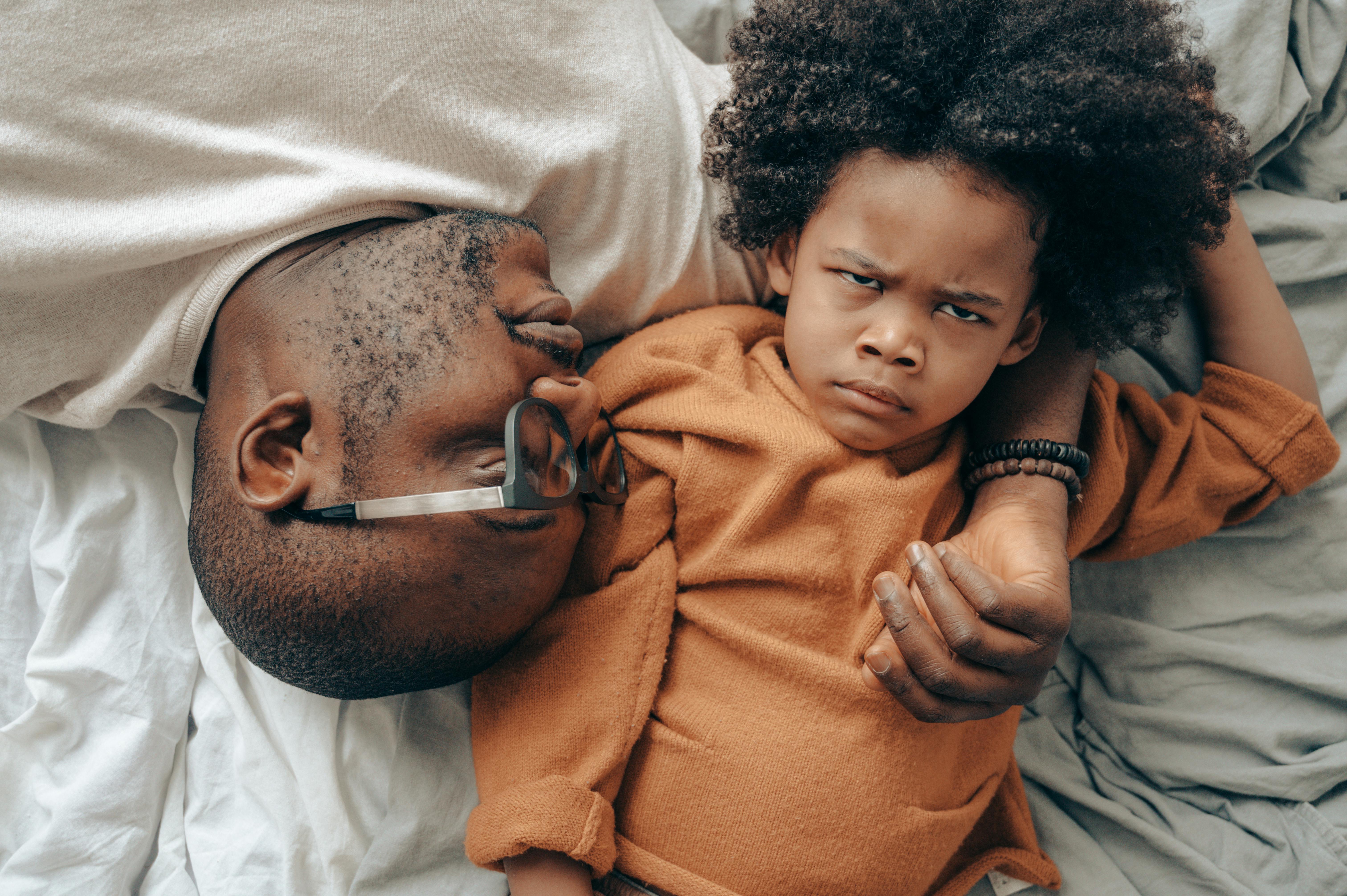“Moving is so natural to learn as it is to breathe to live,” says early childhood expert Mimi Chenfeld. From newborn to adult, your child must learn many things. Most of these skills are learned through practice, cooperative play, and physical activity.
By nature, a child must move, fidget, and move. They are not meant to lead a sedentary lifestyle. A child’s body needs to run, jump, roll, and play to grow and develop normally. They need to develop strength, strong bones, and coordination. This cannot happen without a lot of physical activity and practice.
At 3-4 months of age, your baby will begin to activate. Learn to hold your head up, reach for toys, and roll over without help. Without practice and physical activity, your baby would not learn these skills. The same is true for all stages of development throughout your child’s growing years.
The best way to help your child reach milestones in physical development is to encourage activity and movement. Naturally, your child will continue to try new motor skills challenges. A one-year-old will automatically begin to learn to walk, climb, and balance if given the option. Providing the necessary tools, opportunities to practice, and most importantly, your time will accelerate your child through life’s physical challenges.
Backyard play equipment, bikes, and regular activities are all the tools your child needs. Giving your one-year-old a safe environment to learn basic climbing skills, under adult supervision, is necessary to strengthen muscles, develop balance and coordination. The toddler play equipment will be a great help for your child, ages 12 months to 4-5 years, to develop all the physical and motor skills he needs.
Outdoor play is important. Not only will they get the necessary vitamin D from the sun, but they will also begin to view physical activity as an important part of health. Especially if you set the example by being physically active outdoors as well. Simple things like taking a family outing or biking after dinner, playing ball in the backyard, or pushing your child on a swing will help ingrain the need to be active in your child’s life.
As your child begins to master certain skills, you will begin to hear the words “Look at me!” while performing one physical foot or another for you. This means that you are gaining confidence in your abilities. Children who are more active and more comfortable with their physical abilities have more self-confidence in general. They tend to try new challenges in life with less hesitation.
Self-esteem, healthy body image, and self-confidence are by-products of physical activity. Be sure to include toys and opportunities to encourage your child to be active. Limit the types of activities that require your child to be “still.” Television viewing and video game play must be allowed for a limited time.
The average child must be physically active at least 4-5 hours per day to maintain their health. Obviously, as a parent, you can’t possibly play with them all that time, so it’s important that you give them toys or play equipment that encourage them to be active on their own.
